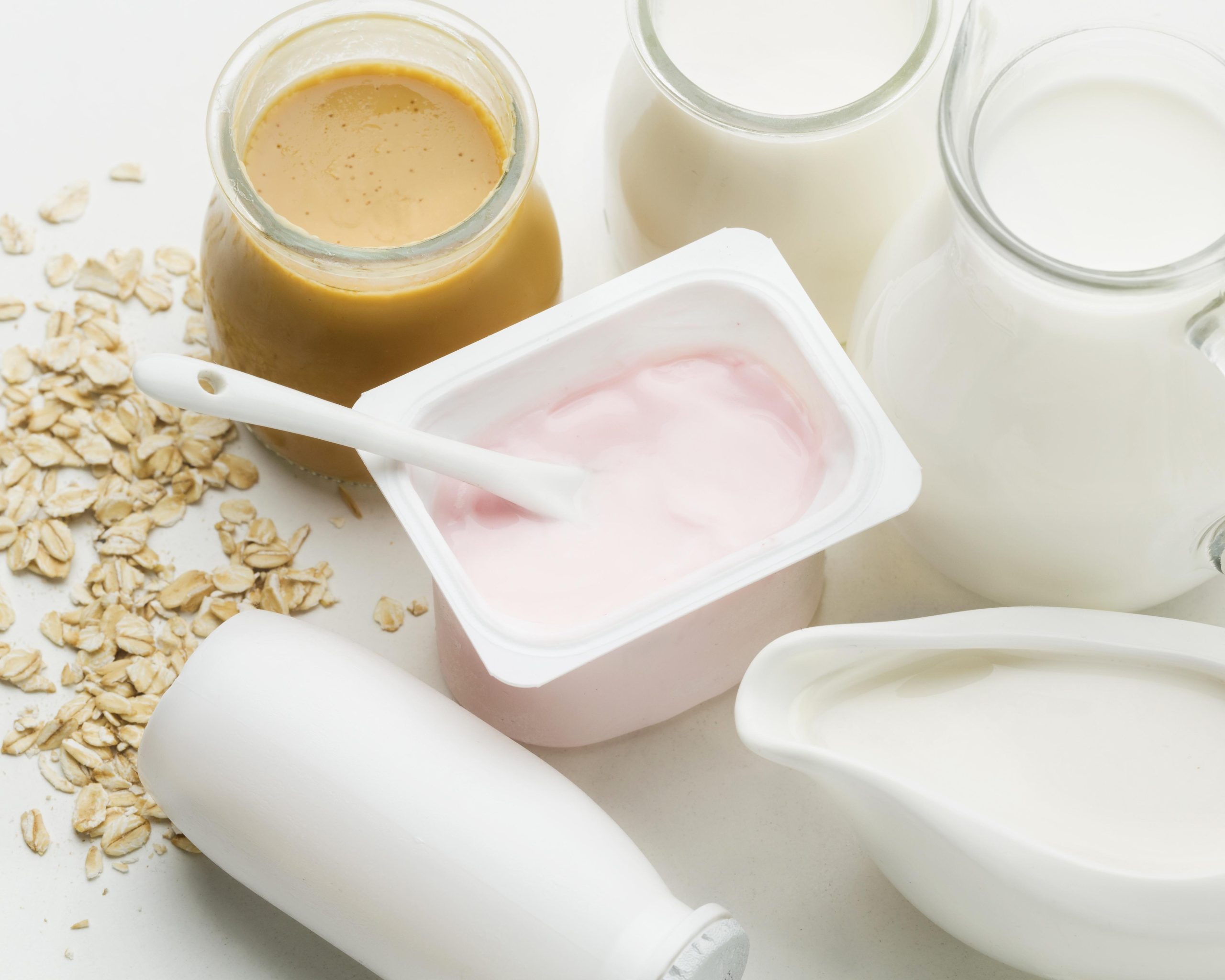Do you already know the difference between probiotics and prebiotics? If not, let’s learn together. There are trillions of bacteria and microorganisms living in the lining of the digestive tract that play an important role in our health. Probiotics are one of the most well-known parts of this complex system.
Probiotics are the ‘good’ bacteria that live in our intestines. In terms of benefits, probiotics can improve the digestive system and immune system.
“Although your digestive tract naturally produces probiotics, it’s also good to be beneficial to eat foods rich in probiotics naturally to increase levels of good bacteria,” explains Rebecca Ditkoff, a registered dietitian based in New York, United States, and founder of Nutrition by RD.
Probiotics have also been shown to help balance microorganisms in the digestive tract and help replenish good bacteria.
On the other hand, prebiotic is a type of carbohydrate in fiber-rich fruits and vegetables that the body cannot digest. In contrast, prebiotics provide a food source for healthy bacteria (probiotics) and allow them to thrive.
“It’s important to note that all prebiotics are fiber, but not all fiber is prebiotics,” says Ditkoff.
That’s why prebiotics and probiotics play complementary roles for our gut health, and work as a team to support the gut microbiome, explains Ditkoff.
“Prebiotics and probiotics work together to maintain a balance of healthy bacteria by helping to replenish the living microorganisms themselves (probiotics) and nourish these microorganisms (prebiotics),” he said.
Source of Probiotics
– Kefir, a fermented milk drink similar to yogurt
– Sauerkraut and kimchi, made by fermenting cabbage and other vegetables
– Organic yogurt
– Fermented soy products such as tofu, tempeh and miso
– Kombucha, a slightly fizzy drink made by fermenting black or green tea
Prebiotic Source
– Alliums, such as garlic, shallots, and chives
– Asparagus
– Apple
– Chicory root
– Green dandelions
– Jerusalem artichoke aka sunchoke
– Bananas are a bit underripe


